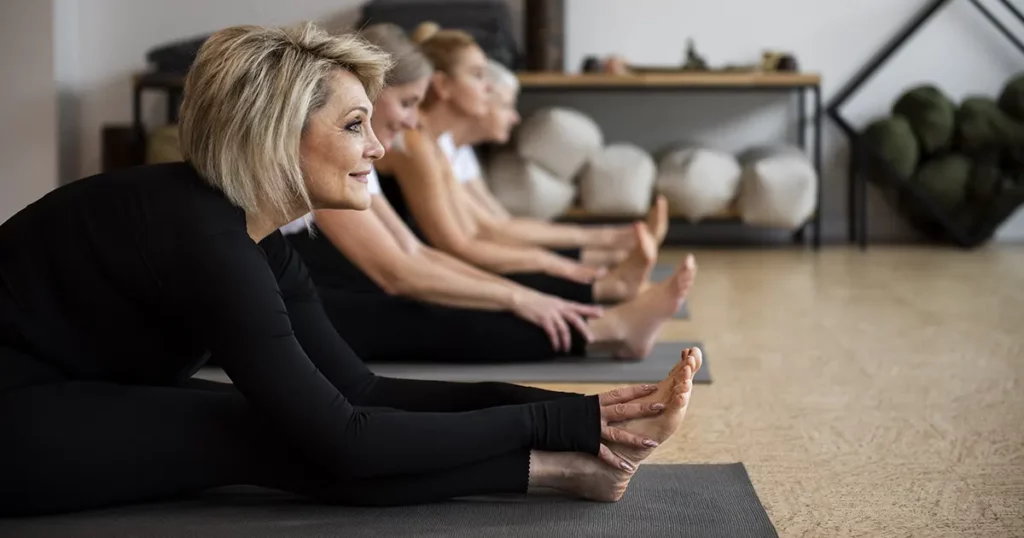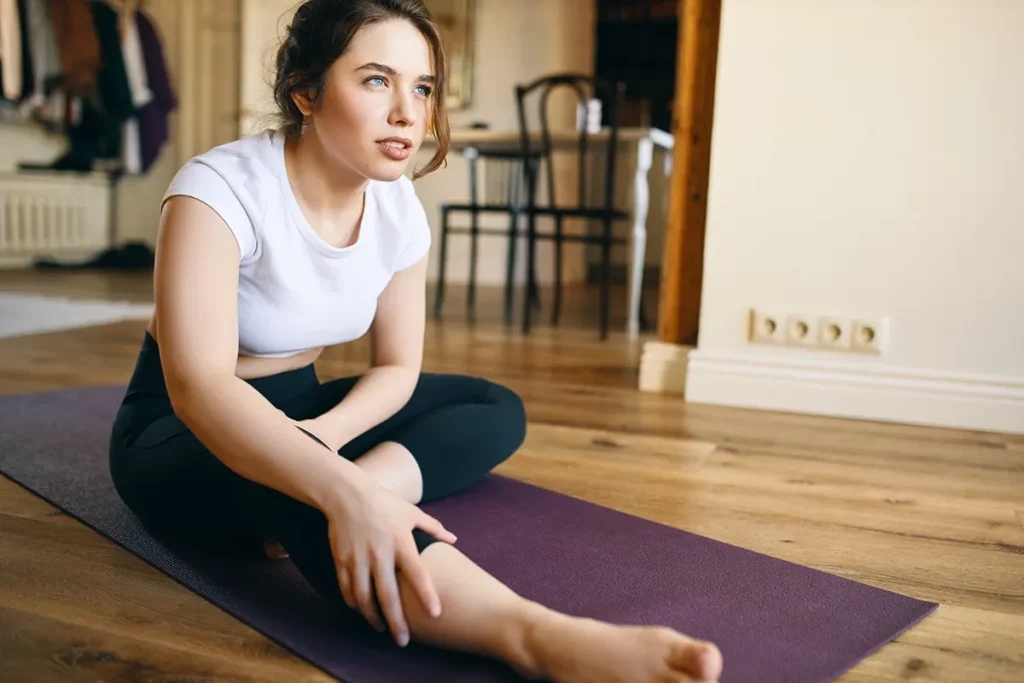Tight Hip flexors, the lazy mans diagnosis!
Does this sound familiar……?
- You have hip/knee/leg pain. You go to a therapist and you are told you have tight hip flexors. The massage and stretch the bejasus out of you and you feel loosey goosey for a day or two and then back to square one.
- You have lower back pain. You look on google/youtube and you’re told to do the “couch stretch” because your hip flexors are so tight it’s pulling your pelvis into “excessive anterior tilt”. So you do the couch stretch and recoil in pain when you realise how hard it is.
- Some internet guru has told you to smash and floss the life out of your “hip flexor” using a foam roller or lacross ball in the hope of “Breaking up scar tissue or breaking down muscle adhesions, or lengthening fascia. You lie on a foam roller with your grimace face telling yourself it will be OK in the long term.
But here’s the problem (or many problems)
Anatomy lesson 101
There is no such thing as my hip flexor. Hip flexors are made up of four (and some may say 5) different muscles all of which have very different actions as well as hip flexion. These are:
- Psoas (major and minor
- TFL (tensor fascia late)
- Illiacus
- Rectus Femoris (middle of the quads attaching pelvis to leg)
All of these muscles have different attachment points. They have different actions. They have different fiber orientations, they all have different muscle tests when assessing them. So when you are stretching your hip flexor, what exactly are you stretching? What are you hoping to achieve with the stretch? Is the muscle you are stretching really the issue and how do you know?
The second problem: Your hip flexors may be tight for a purpose.
When we have something that is tight, our first instinct is to stretch it to make it long. But we always fail to ask why. WHY is it tight? What made it that way? We are told so much that it’s because we sit so much and they become short and tight etc. And yes, this MAY be part of the problem. But we need to understand that sometimes, a muscle is tight and short for a very useful reason! Take the psosas for example. The psoas muscle attaches on the lumbar vertebrae and acts somewhat as a spinal stabiliser. The psoas often becomes short and tight because there is a deficiency somewhere in the system and the brain needs to lock down stability in the spine. They psoas is brought in to help. When we stretch it we get a temporary relief due analgesic effect from stretching muscles. But it is temporary. In the long run we can cause more harm than good because we are taking away the lumbar stability that our nervous system was asking for!
Third problem: Tight short muscles do not mean they are strong.
A muscle that is short and tight, by logic , would mean that its contracting hard and therefore strong. But that isn’t the case. A muscle can be long and tight and strong, short and tight and strong, short and tight and weak and long and tight and weak.
9/10 when I test the rec fem or psoas muscles, they test weak. This is not to say they are weak as in need strengthening, its that they’re weak in terms of the brains ability to call on them when needed. Why is this problem? Weak muscles DON’T want to be stretched/massaged/smashed/pulled etc etc. They are protective in tone. They are short and weak for a reason. Take that reason away and its panic stations in the nervous system.
SO WHAT DO WE HAVE TO DO??
Well that is the burning question, and to be honest will need to be a blog post in its own right. So keep your self posted on what we can do about it!
Read: Tight hip flexors. Part 2.
Yours in motion,
Mark.





